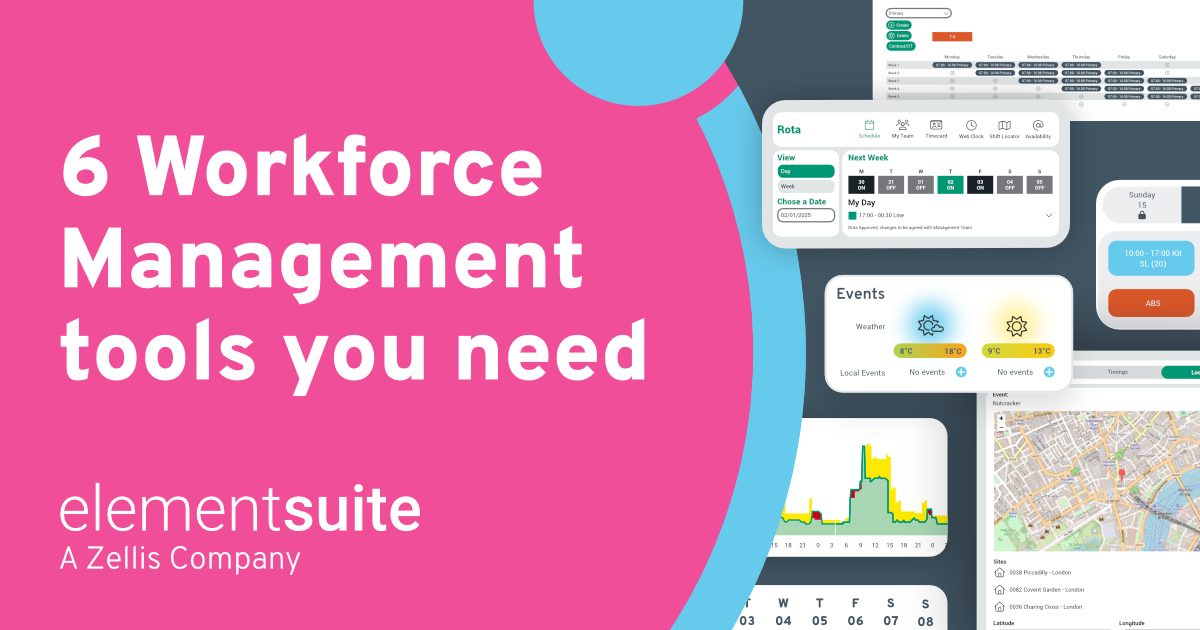As we reflect on the CIPD Festival of Work 2024, one thing is imminent: the world of work is changing – rapidly. We are in the age of a people-centric organisation, where the focus is on creating a positive employee experience and fostering a culture of trust, inclusivity, and skills development.
The importance of effective HR leadership
As HR leadership, you know first-hand that HR is crucial in driving the success of this transformation. However, with great power comes great responsibility. HR leaders must drive more agile and fluid organisations, shifting from a support role to a leadership role recognised for its strategic and operational importance. This involves improving capabilities in agility, digitalisation, user experience design, and transparent and empathetic leadership.
12 common mistakes in HR leadership
Despite our best efforts to adapt and evolve, there are still common pitfalls that HR leadership may fall into. These can hinder the ability to achieve strategic human resource planning, workforce integration, and success in their roles. Here are 12 common mistakes in HR leadership and how to avoid them
1. Not building trust through transparent communication
We don’t need research to tell you that transparent communication fosters an environment where employees feel valued and informed. However, when research shows that clear development growth expectations can have a 45% positive impact on employee engagement – crucial to avoiding organisational failure – it is time to embrace transparent communication and stakeholder support to build positive relationships that bank trust and support change.
2. Failure to set clear expectations
Building on the previous point, to achieve transparency in communication, McLean & Company notes that HR leadership should focus on employee experience design, which includes setting clear and measurable goals to align individual efforts with organisational objectives. Having this accessible through a centralised platform, where employees can track their progress and receive real-time feedback from management and peers, will avoid the consequences of miscommunication
3. Lack of clarity when outlining roles and responsibilities
Did you know that only one in three employees understand what is expected of them in the workplace? If employees don’t have clarity on their roles and responsibilities, how can we achieve optimal performance? As HR leadership, we must avoid confusion by outlining what is required. This requires a shift from a pure-process orientation to focusing on the employee journey – whereby we ensure roles and responsibilities are clearly communicated, understood and regularly reviewed to avoid any inefficiency in the workplace.
4. Lack of transparency in decision-making processes
Transparency, employee trust and a collaborative work environment go hand in hand. Therefore, if we are to adopt what Gartner coins as human leadership and enhance engagement and employee buy-in in our new business initiatives, then we must involve them in the decision-making process. This can be as simple as sending out pulse surveys and polls through your HR platform or setting up regular feedback sessions to gather employee insights and ideas.

5. Failure to delegate
As HR leadership, we are guilty of holding the metaphoric world (aka organisation) on our shoulders. However, this is not sustainable and can lead to burnout, decreased productivity, and hinder our ability to focus on strategic initiatives. Our leadership team are there to support us, and we must delegate tasks and responsibilities accordingly. By empowering our peers, we can achieve better results and free up time to focus on the larger picture.
6. Outdated employee handbook
When was the last time you updated your employee handbook? Honestly. While this task may keep steeping down the priority list, it’s essential to ensure your handbook is up-to-date and reflects your current organisational culture, policies and procedures. Especially as new legislations and workplace trends continue to emerge, a regularly updated handbook is an important tool to avoid potential legal issues and unresolved conflicts.
7. Failure to regularly review and update policies
Updating your employee handbook goes hand in hand with regularly reviewing and updating policies. As HR leadership, we need to stay on top of changes in legislation, trends and best practices in the industry. Regularly reviewing and updating policies can help prevent legal liability, ensure compliance and enhance employee morale. This may be a quarterly or annual task, but it should not be neglected.
8. Not staying current with employment laws and industry best practices
With that said, while your policy review may be a quarterly or annual task, if there are changes to employment laws or industry best practices, we need to stay current and make necessary adjustments. This can involve attending conferences, webinars, and staying connected with your HR network to keep abreast of any changes. By staying current, we can avoid costly mistakes and ensure our policies are aligned with legal requirements and industry standards. Take, for instance, the Employment Rights (Flexible Working) Act 2023, which came into force in April 2024. Flexible work policies should have been changed from that date to reflect the new regulation entitling employees to request flexible working arrangements from the first day of working at the company.
9. Lack of policy accessibility to employees
In the current digital transformation era, it’s essential to make policies and procedures accessible to employees through a centralised HR platform. Not only does this provide convenience for employees to access information at any time, but it also promotes transparency in the workplace. Furthermore, having policies accessible in one central location ensures consistency across the organisation and avoids confusion or miscommunication. However, policy accessibility doesn’t just mean uploading your policies onto your HR software – it requires promoting, training and encouraging employees to refer back to them regularly. That’s where you make use of your internal communications tools like newsletters, alerts on policy changes, and company intranet to ensure compliance.
10. Ineffective hiring process
According to Indeed research, 74% of UK businesses feel hiring has become harder in the past five years. While they want to be productive, 61% of the 1000 hiring professionals confessed that they feel that their efforts are futile. Why? Because of the ineffective hiring process that no longer serves them. As HR leadership, we need to review our hiring processes regularly and adopt innovative strategies like AI recruiting, skills testing, and psychometric assessments to find the right fit for our company. We also need to ensure that our job descriptions are clear and up-to-date with the changing skills and requirements in the industry. By streamlining and modernising our hiring process, we can save time and resources and hire top talent who align with our organisational goals.
11. Relying solely on resumes and interviews
This alludes to the previous point of not adopting innovative strategies in our hiring process. While resumes and interviews have been the traditional way of assessing candidates, they may not provide a complete picture of their skills, personality and cultural fit. Therefore, it’s crucial to incorporate other methods like skills testing, psychometric assessments, and even trial periods to assess a candidate’s suitability for a role. By combining various assessment methods and going beyond outdated processes, we can make more informed hiring decisions and avoid the costly mistake of hiring the wrong candidate.
12. Not incorporating skills assessments and behavioural interviews
I’m sure you are aware of the current skills shortage in the UK job market. As mentioned earlier, if we only rely on resumes, job role history and generic interview questions, we may be overlooking valuable candidates who possess the necessary skills but lack the traditional qualifications. By incorporating skills assessments and behavioural interviews, we can identify top performers with transferable skills and potential for growth within our company. This not only closes the skills gap, but helps us to hire more diversely and build an organisational culture of continuous learning and development.
How can elementsuite help?
elementsuite is an all-in-one HR management platform designed to simplify and optimise your HR processes. With our in-built document designer, alert builder, and e-signature capabilities, you can easily create and update policies in one central location, resting assure that your employees have access to the most recent versions.
Our AI-powered recruitment module will help you assess candidates against skills within your business and behavioural fit for the role. Additionally, elementsuite’s self-service features allow employees to update their own skills and qualifications, providing a more comprehensive view of their abilities. This information can then be used during performance appraisals, career development and succession planning – where you can design clear, personalised career paths for employees.
By utilising elementsuite’s full suite of features, you can stay ahead of HR challenges and be that strategic business partner that your organisation needs. So, whether you need help with policy management, employee engagement, workforce management, recruitment or career development, elementsuite has got you covered.
If you would like to learn more about how elementsuite can help address these HR challenges and more, get in touch with our team today!




